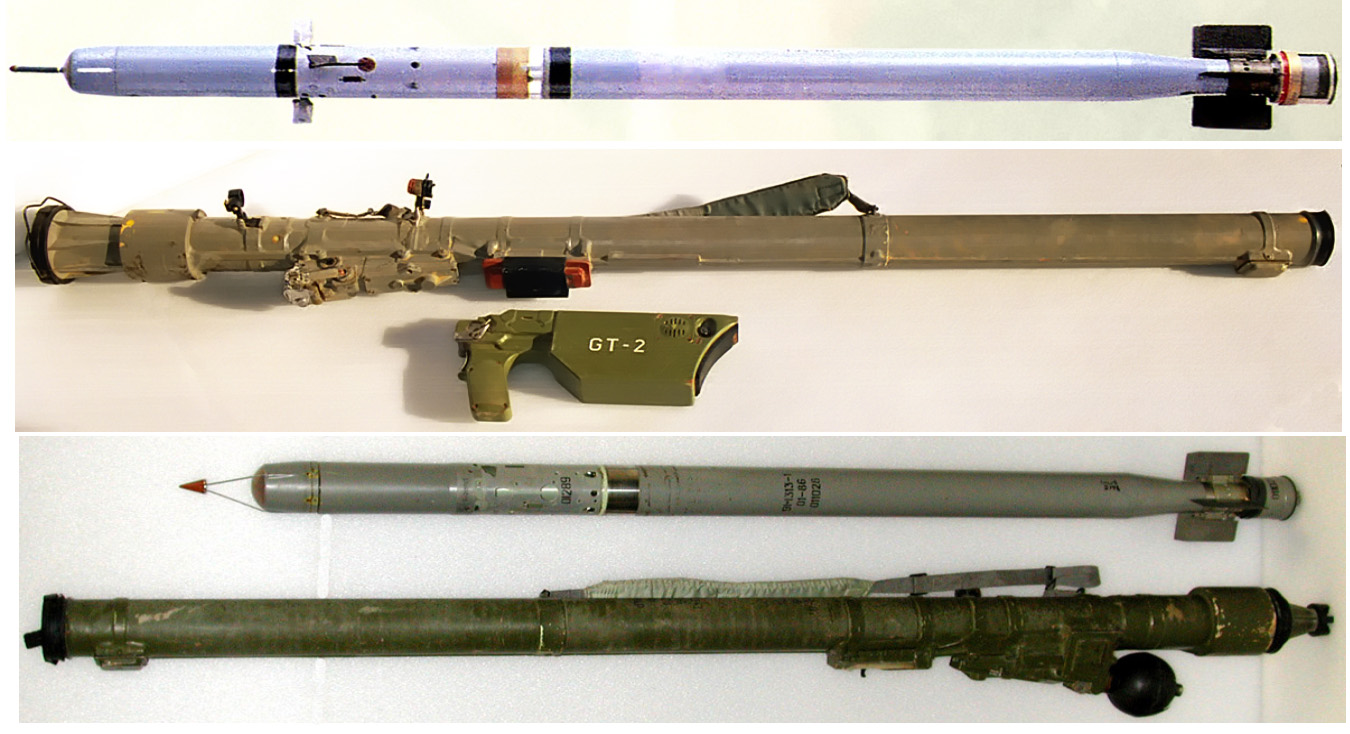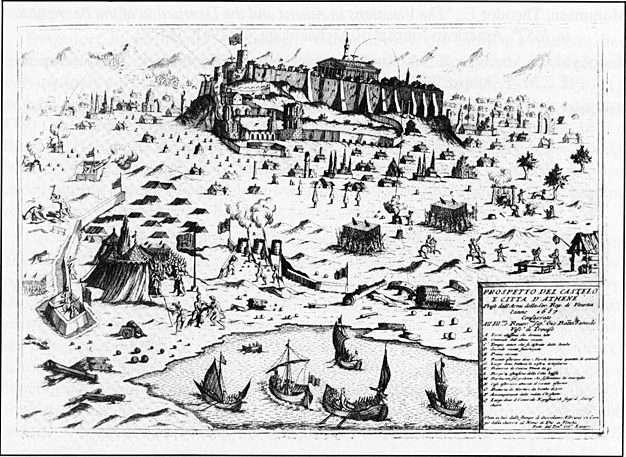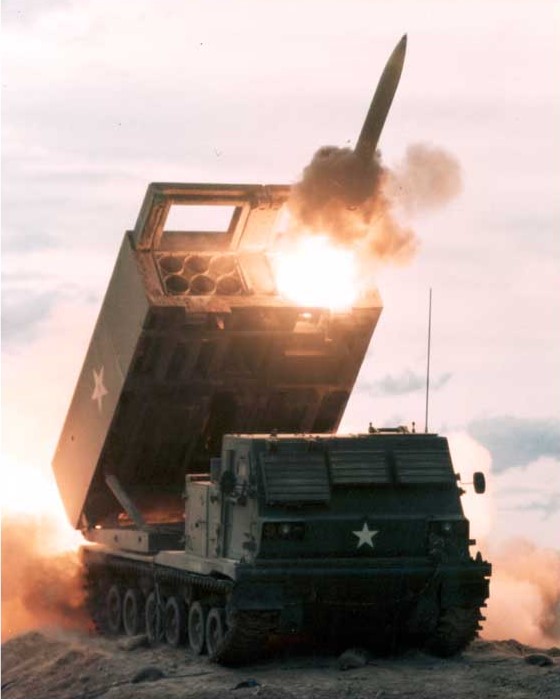|
Myanmar Directorate Of Defence Industries
The Myanmar Directorate of Defence Industries (; BGN/PCGN: Kagwèye Passizetyônmya Hnywan-Gyayehmuyôn; abbreviated DI), also known as Directorate of Defence Industries, Defence Product Industry and Defence Product Industries or by its Burmese name, Karkweye Pyitsee Setyoun, (Ka Pa Sa) is a state-owned enterprise that is officially part of the Tatmadaw. DI is responsible for producing military equipment throughout the country for the Myanmar Army, the Myanmar Navy and the Myanmar Air Force. It is the only company that has monopolized firearms production. History The DI was established in the 1950s under the General Staff Office. The first indigenous firearm produced in Myanmar is the TZ-45, made under license as the BA52. In 1953, Heckler & Koch and Fritz Werner Industrie-Ausrüstungen GmbH cooperated with Myanmar to create a production line to made G3 battle rifles under license. The first Myanma-made G3, known as the BA63, was first produced in 1957. The use of the BA rifle ... [...More Info...] [...Related Items...] OR: [Wikipedia] [Google] [Baidu] |
Myanmar
Myanmar, officially the Republic of the Union of Myanmar; and also referred to as Burma (the official English name until 1989), is a country in northwest Southeast Asia. It is the largest country by area in Mainland Southeast Asia and has a population of about 55 million. It is bordered by India and Bangladesh to its northwest, China to its northeast, Laos and Thailand to its east and southeast, and the Andaman Sea and the Bay of Bengal to its south and southwest. The country's capital city is Naypyidaw, and its largest city is Yangon (formerly Rangoon). Early civilisations in the area included the Tibeto-Burman-speaking Pyu city-states in Upper Myanmar and the Mon kingdoms in Lower Myanmar. In the 9th century, the Bamar people entered the upper Irrawaddy River, Irrawaddy valley, and following the establishment of the Pagan Kingdom in the 1050s, the Burmese language and Culture of Myanmar, culture and Buddhism in Myanmar, Theravada Buddhism slowly became dominant in the co ... [...More Info...] [...Related Items...] OR: [Wikipedia] [Google] [Baidu] |
Humvee
The High Mobility Multipurpose Wheeled Vehicle (HMMWV; colloquial: Humvee) is a family of Military light utility vehicle, light, four-wheel drive Military vehicle#Military trucks, military trucks and utility vehicles produced by AM General. It has largely supplanted the roles previously performed by the Willys MB, original jeep, and others such as the Vietnam War-era M151 ¼-ton 4×4 utility truck, M151 Jeep, the M561 "Gama Goat", their M718A1 and M792 ambulance versions, the Commercial Utility Cargo Vehicle, and other light trucks. Primarily used by the United States military, it is also used by numerous other countries and organizations and even in civilian adaptations. The Humvee saw widespread use in the Gulf War of 1991, where it navigated the desert terrain; this usage helped to inspire civilian Hummer versions. The vehicle's original unarmored design was later seen to be inadequate and was found to be particularly vulnerable to improvised explosive devices in the Iraq Wa ... [...More Info...] [...Related Items...] OR: [Wikipedia] [Google] [Baidu] |
9K38 Igla
The 9K38 Igla (, "needle", NATO reporting name SA-18 Grouse) is a Soviet/Russian man-portable infrared homing surface-to-air missile (SAM) system. A simplified, earlier version is known as the 9K310 Igla-1 (NATO: SA-16 Gimlet), and the latest variant is the 9K338 Igla-S (SA-24 Grinch). The Igla-1 entered service in 1981, the Igla in 1983, and the Igla-S in 2004. The Igla has been supplemented by the 9K333 Verba since 2014.New Russian Verba MANPADS will replace Igla-S - Armyrecognition.com, 15 September 2014 History The development of the Igla short-range man-portable air defense system ( |
Commando Mortar
The term Commando mortar refers to a class of lightweight infantry mortars designed for maximum portability and rapid deployment with a caliber of 60mm (2.4 in) or less in diameter, at the expense of accuracy and repeatability. Earliest models had been introduced from the 1930s onwards. Commando mortars often feature design simplifications such as straps instead of bipods, carrying handles, and limited aiming equipment. Some of these straps are marked with measurements, with the intent that the mortarman step on a marked point of the sling and pull it taut, at which point the mortar will be angled so as to fire to the range marked at that point of the sling. Users *: Type 10 and Type 89 grenade discharger 50mm, second world war. *: "Spade Mortar" 37mm, second world war. *: Hirtenberger M6C-210 Commando Mortar 60mm *: Denel Land Systems M-1 60mm commando mortarTactical Weapons, May 2010 Issue. Guns of the Elite: Multi-Mission Warriors, page 93. *: Denel LS "patrol mortar" or M ... [...More Info...] [...Related Items...] OR: [Wikipedia] [Google] [Baidu] |
Mortar (weapon)
A mortar today is usually a simple, lightweight, man-portable, Muzzleloader, muzzle-loaded cannon, consisting of a Smoothbore, smooth-bore (although some models use a Rifling, rifled barrel) metal tube fixed to a base plate (to spread out the recoil) with a lightweight bipod mount and a Sight (device), sight. Mortars are typically used as indirect fire weapons for close fire support with a variety of ammunition. Historically mortars were heavy Siege, siege artillery. Mortars launch explosive shell (projectile), shells (technically called Bomb, bombs) in high arching Projectile motion, ballistic trajectories. History Mortars have been used for hundreds of years. The earliest reported use of mortars was in Korea in a 1413 naval battle when Korean gunsmiths developed the ''wan'gu'' (gourd-shaped mortar) (완구, 碗口). The earliest version of the ''wan'gu'' dates back to 1407. Ch'oe Hae-san (1380–1443), the son of Ch'oe Mu-sŏn (1325–1395), is generally credited with inventi ... [...More Info...] [...Related Items...] OR: [Wikipedia] [Google] [Baidu] |
ML 3-inch Mortar
The Ordnance ML 3-inch mortar was the United Kingdom's standard mortar (weapon), mortar used by the British Army from the early 1930s to the late 1960s, superseding the Stokes mortar. Initially handicapped by its short range compared to similar World War II, Second World War mortars, improvements of the propellant charges enabled it to be used with great satisfaction by various armies of the British Empire and of the Commonwealth of Nations, Commonwealth. Design The ML 3-inch mortar is a conventional Stokes Mortar, Stokes-type mortar that is muzzle-loaded and drop-fired. It also reuses many of the Brandt Mle 27/31, Brandt mortar features. History Based on their experience in the World War I, First World War, the British infantry sought some sort of artillery for close support. The initial plan was for special batteries of artillery, but the cost was prohibitive and the mortar was accepted instead. The Mark II mortar (Mark I was the Stokes) was adopted by the British Army ... [...More Info...] [...Related Items...] OR: [Wikipedia] [Google] [Baidu] |
Two-inch Mortar
The Ordnance SBML two-inch mortar, or more commonly, just "two-inch mortar", was a British mortar issued to the British Army and the Commonwealth armies, that saw use during the Second World War and later. It was more portable than larger mortars, and had greater range and firepower than rifle grenades. Its main purpose was to produce smoke for cover and through high trajectory and HE shell, engage targets "immune to small arms fire". Design The two-inch mortar was one of a number of small mortars brought into service by European nations between the two World Wars. Due to its small size, and for simplicity, the mortar had no forward strut or bipod like larger designs needed. The barrel was held at the correct angle by one soldier while the other loaded and fired the round. The original design had a large base plate and sights for aiming which used spirit levels. As the design matured, the baseplate became smaller and the sights were omitted; aiming was by eye and relied on the ... [...More Info...] [...Related Items...] OR: [Wikipedia] [Google] [Baidu] |
North Korea
North Korea, officially the Democratic People's Republic of Korea (DPRK), is a country in East Asia. It constitutes the northern half of the Korea, Korean Peninsula and borders China and Russia to the north at the Yalu River, Yalu (Amnok) and Tumen River, Tumen rivers, and South Korea to the south at the Korean Demilitarized Zone, Korean Demilitarized Zone (DMZ). The country's western border is formed by the Yellow Sea, while its eastern border is defined by the Sea of Japan. North Korea, like South Korea, claims to be the sole legitimate government of the entire peninsula and List of islands of North Korea, adjacent islands. Pyongyang is the capital and largest city. The Korean Peninsula was first inhabited as early as the Lower Paleolithic period. Its Gojoseon, first kingdom was noted in Chinese records in the early 7th century BCE. Following the unification of the Three Kingdoms of Korea into Unified Silla, Silla and Balhae in the late 7th century, Korea was ruled by the G ... [...More Info...] [...Related Items...] OR: [Wikipedia] [Google] [Baidu] |
Rocket Artillery
Rocket artillery is artillery that uses rockets as the projectile. The use of rocket artillery dates back to medieval China where devices such as fire arrows were used (albeit mostly as a psychological weapon). Fire arrows were also used in multiple launch systems and transported via carts. In the late nineteenth century, due to improvements in the power and range of conventional artillery, the use of early military rockets declined; they were finally used on a small scale by both sides during the American Civil War. Modern rocket artillery was first employed during World War II, in the form of the German Nebelwerfer family of rocket ordnance designs, Soviet Katyusha-series and numerous other systems employed on a smaller scale by the Western allies and Japan. In modern use, the rockets are often guided by an internal guiding system or GPS in order to maintain accuracy. History Early history The use of rockets as some form of artillery dates back to medieval China where devices ... [...More Info...] [...Related Items...] OR: [Wikipedia] [Google] [Baidu] |
Howitzer
The howitzer () is an artillery weapon that falls between a cannon (or field gun) and a mortar. It is capable of both low angle fire like a field gun and high angle fire like a mortar, given the distinction between low and high angle fire breaks at 45 degrees or 800 mils (NATO). With their long-range capabilities, howitzers can be used to great effect in a battery formation with other artillery pieces, such as long-barreled guns, mortars, and rocket artillery. Howitzers were valued for their ability to fire explosive shells and incendiary materials into fortifications. Unlike mortars, which had fixed firing angles, howitzers could be fired at various angles, providing greater flexibility in combat. Throughout the 18th and 19th centuries, howitzers evolved to become more mobile and versatile. The introduction of rifling in the mid-19th century led to significant changes in howitzer design and usage. By the early 20th century, howitzers were classified into different categor ... [...More Info...] [...Related Items...] OR: [Wikipedia] [Google] [Baidu] |
Truck
A truck or lorry is a motor vehicle designed to transport freight, carry specialized payloads, or perform other utilitarian work. Trucks vary greatly in size, power, and configuration, but the vast majority feature body-on-frame construction, with a cabin that is independent of the payload portion of the vehicle. Smaller varieties may be mechanically similar to some automobiles. Commercial trucks can be very large and powerful and may be configured to be mounted with specialized equipment, such as in the case of refuse trucks, fire trucks, concrete mixers, and suction excavators. In American English, a commercial vehicle without a trailer or other articulation is formally a "straight truck" while one designed specifically to pull a trailer is not a truck but a " tractor". The majority of trucks currently in use are powered by diesel engines, although small- to medium-size trucks with gasoline engines exist in North America. Electrically powered trucks are more popu ... [...More Info...] [...Related Items...] OR: [Wikipedia] [Google] [Baidu] |
Heavy Truck
A large goods vehicle (LGV), or heavy goods vehicle (HGV), in the European Union (EU) is any lorry with a gross combination mass (GCM) of over . Sub-category N2 is used for vehicles between 3,500 kg and and N3 for all goods vehicles over 12,000 kg as defined in Directive 2001/116/EC. The term medium goods vehicle is used within parts of the UK government to refer to goods vehicles of between 3,500 and 7,500 kg which according to the EU are also "large goods vehicles." Commercial carrier vehicles of up to 3,500 kg are referred to as light commercial vehicles and come into category N1. To cross country borders in the EU, LGVs must not exceed 44 tonnes laden weight or longer than , but longer and heavier vehicles ( LHVs) are used within some EU countries, where they are known as Gigaliner, EuroCombi, EcoLiner, innovative commercial vehicle, mega-truck, and under other names. They are typically long and weigh up to 70 tonnes, and the implications of allowing ... [...More Info...] [...Related Items...] OR: [Wikipedia] [Google] [Baidu] |









